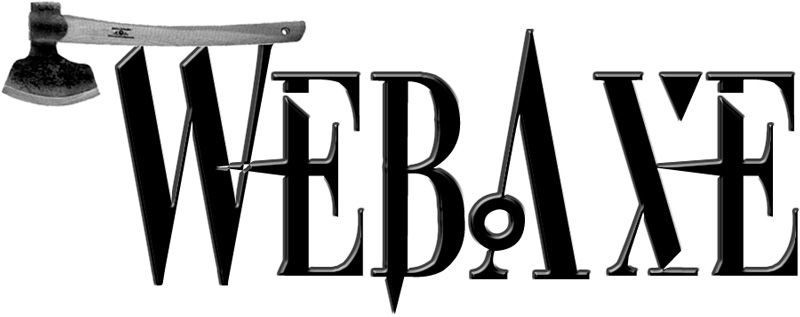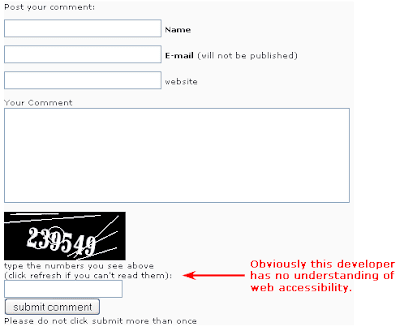While doing a little testing in JAWS, I quickly remembered how inexperienced I am with the program. So I went to the Help section to look up some shortcut keys. All the information is there, and there’s a lot of it, but on many different pages.
So I put what I thought were the most significant key commands on one HTML page. It can print nicely on 2 paper pages. Hopefully you will find it useful!

